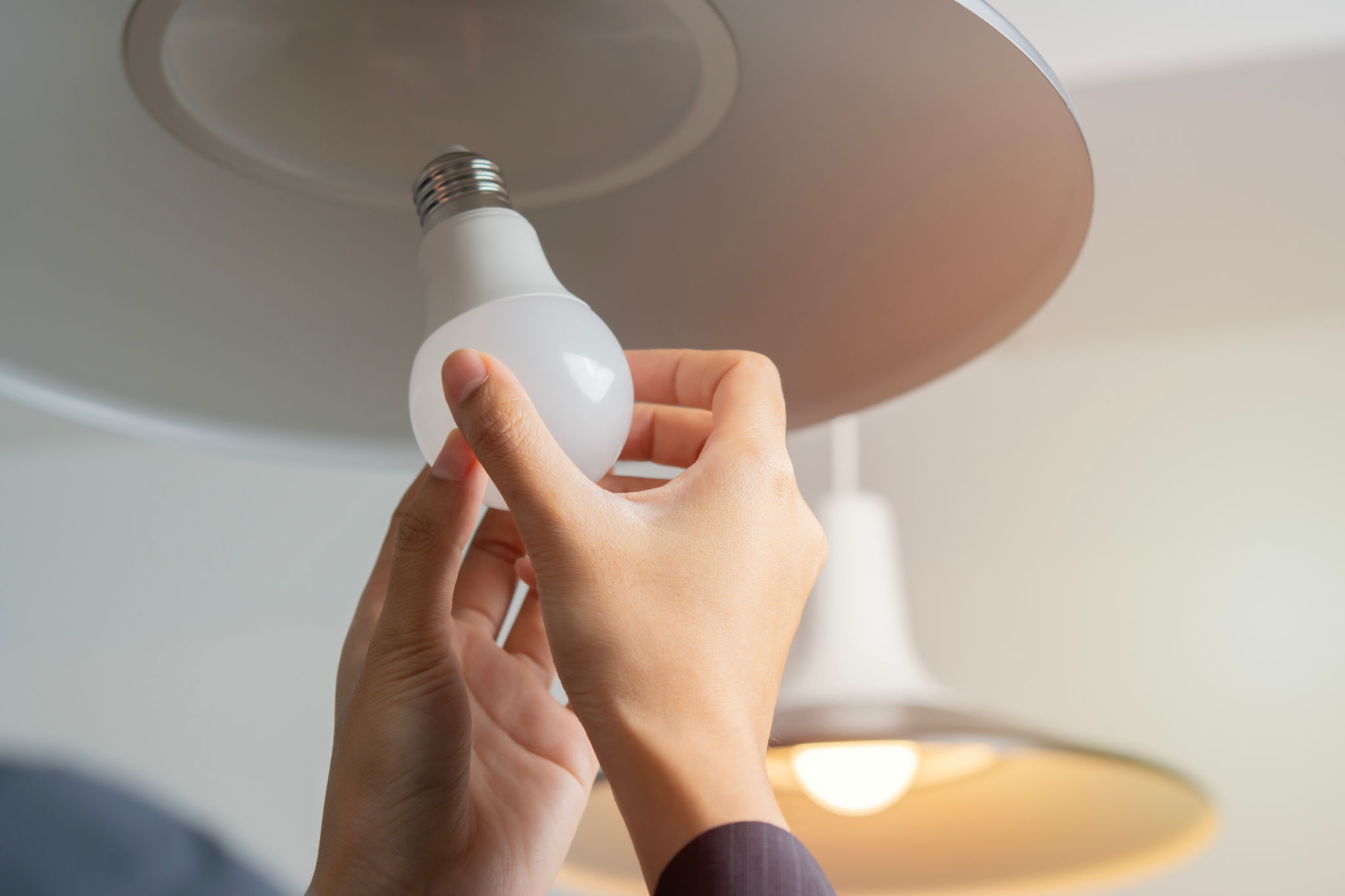Navigating Melbourne's Building Standards for Better Energy Efficiency
Understanding Melbourne's Building Standards
Melbourne is renowned for its commitment to sustainability and energy efficiency. This dedication is reflected in its stringent building standards, which aim to reduce energy consumption and enhance the overall environmental performance of buildings. Navigating these standards can be complex, but understanding them is crucial for developers, architects, and homeowners alike.
The city's building codes are designed to ensure that new constructions and renovations meet high energy efficiency criteria. This not only helps in reducing carbon footprints but also in lowering energy bills for residents. Compliance with these standards is mandatory, making it essential for stakeholders to stay informed about the latest regulations.

Key Components of Energy Efficiency Standards
Melbourne's building standards encompass various components, each targeting different aspects of energy efficiency. The primary focus areas include insulation, glazing, lighting, and HVAC systems. Each of these elements plays a significant role in minimizing energy usage and maximizing efficiency.
Insulation is one of the most critical factors, as it helps in maintaining indoor temperatures without excessive reliance on heating or cooling systems. Proper insulation can significantly cut down energy costs and improve comfort levels within a building.

Impact of Glazing and Lighting
The use of energy-efficient glazing is another vital aspect of Melbourne's building standards. Windows are a major source of heat loss, and by using double or triple-glazed windows, buildings can significantly improve their thermal performance. This reduces the need for artificial heating and cooling, contributing to lower energy consumption.
Lighting also plays a pivotal role in energy efficiency. The building standards encourage the use of LED lighting and other energy-saving technologies. These not only consume less power but also have a longer lifespan, providing both economic and environmental benefits.

The Role of HVAC Systems
The heating, ventilation, and air conditioning (HVAC) systems are integral to a building's energy efficiency. Melbourne's standards require these systems to be highly efficient, promoting the use of advanced technologies that can adjust output based on real-time needs. This optimizes energy use while maintaining indoor comfort levels.
Regular maintenance and proper installation of HVAC systems are also emphasized in the building standards. Ensuring that these systems are functioning efficiently can lead to substantial energy savings and reduced greenhouse gas emissions.
Steps to Ensure Compliance
To comply with Melbourne's building standards, developers and homeowners should follow a few key steps:
- Consult with certified professionals who are familiar with local regulations.
- Incorporate sustainable design principles from the planning stage.
- Stay updated with any changes in building codes and standards.
By adhering to these steps, stakeholders can ensure that their projects meet necessary energy efficiency requirements while contributing positively to the environment.

Benefits of Energy-Efficient Buildings
Buildings that meet Melbourne's energy efficiency standards offer numerous benefits. They not only reduce operational costs through lower energy bills but also increase property value. Energy-efficient buildings are more attractive to buyers and tenants who are increasingly conscious of their environmental impact.
Moreover, these buildings provide a healthier indoor environment by maintaining optimal temperature levels and improving air quality. Investing in energy-efficient construction contributes to a sustainable future for Melbourne, aligning with global efforts to combat climate change.